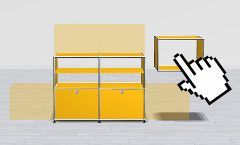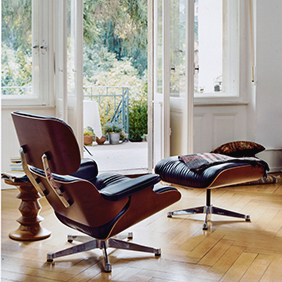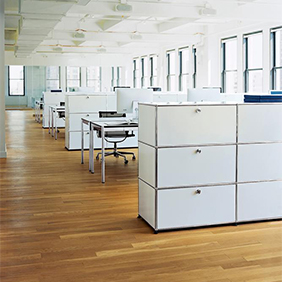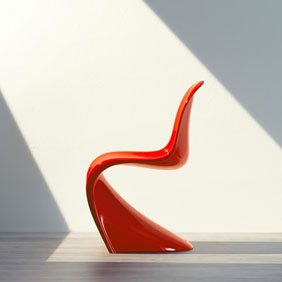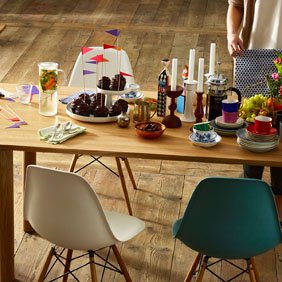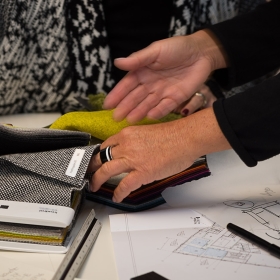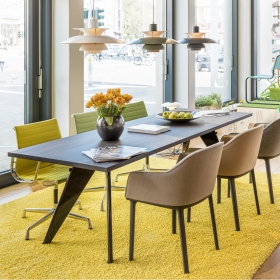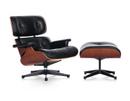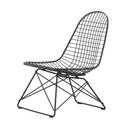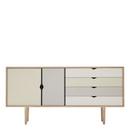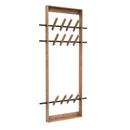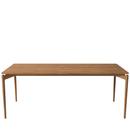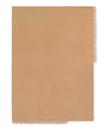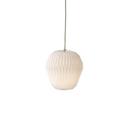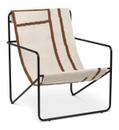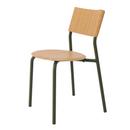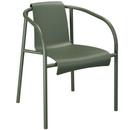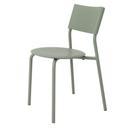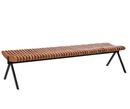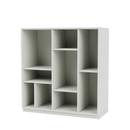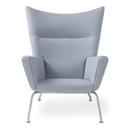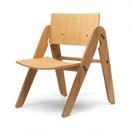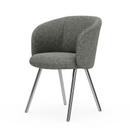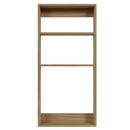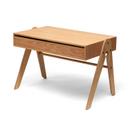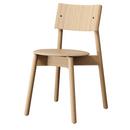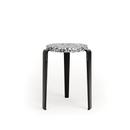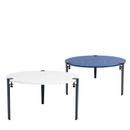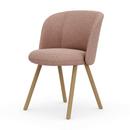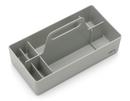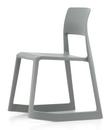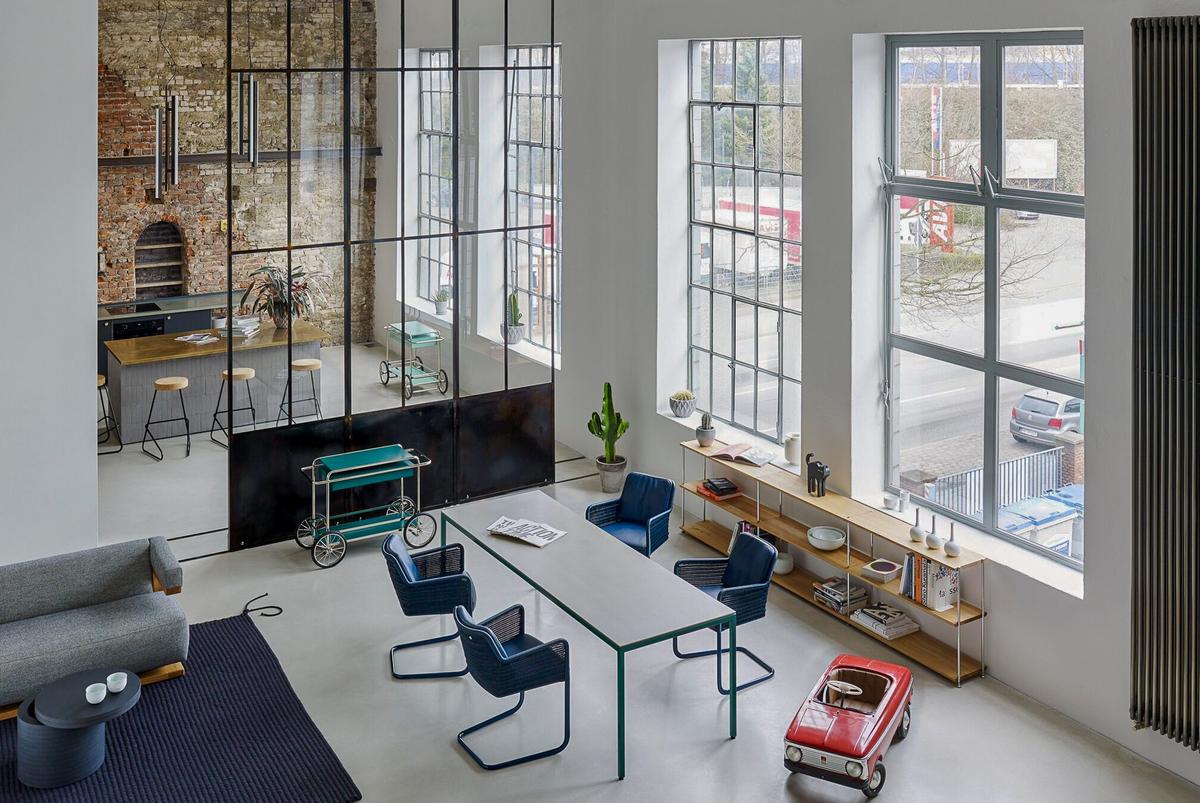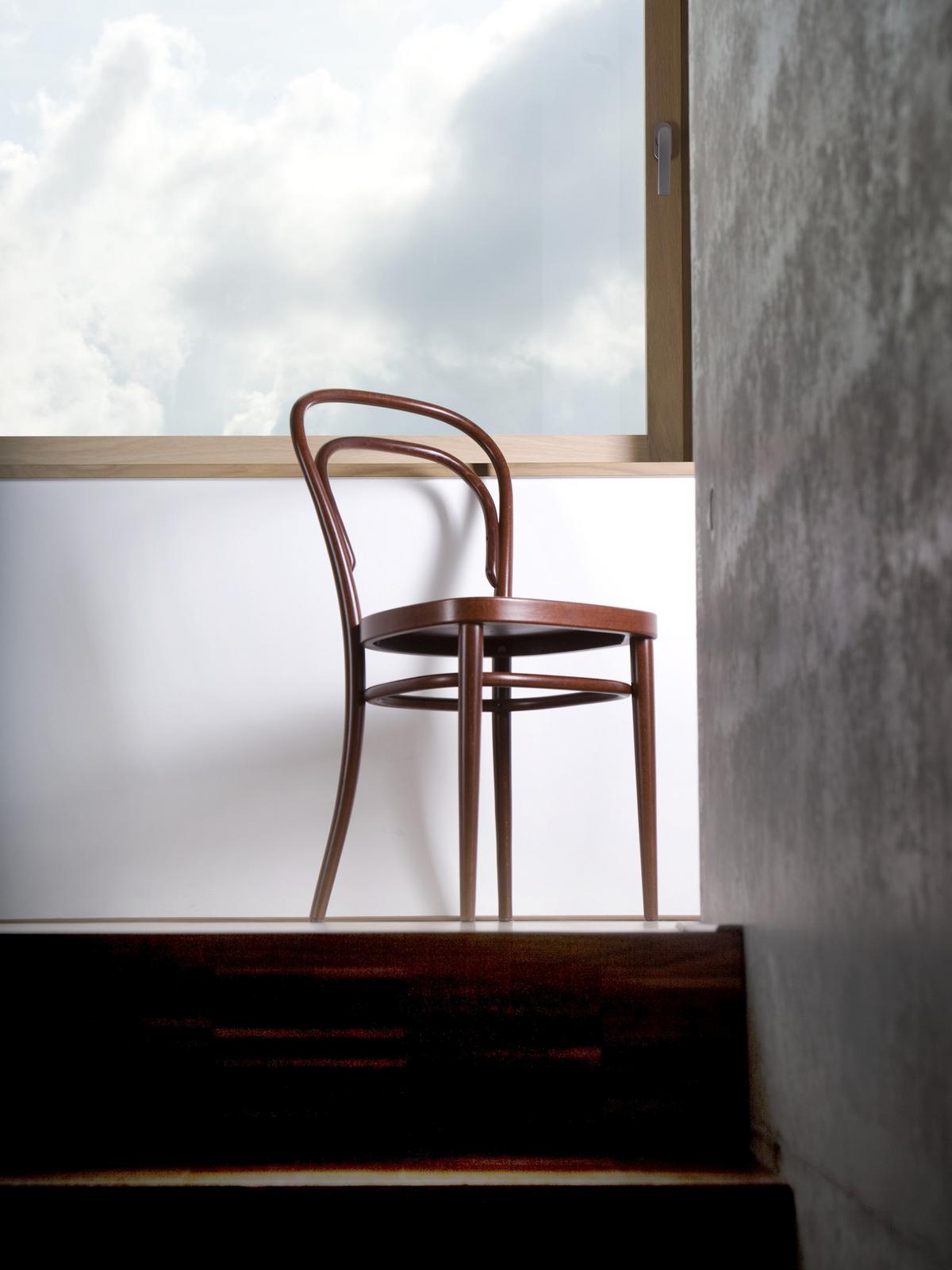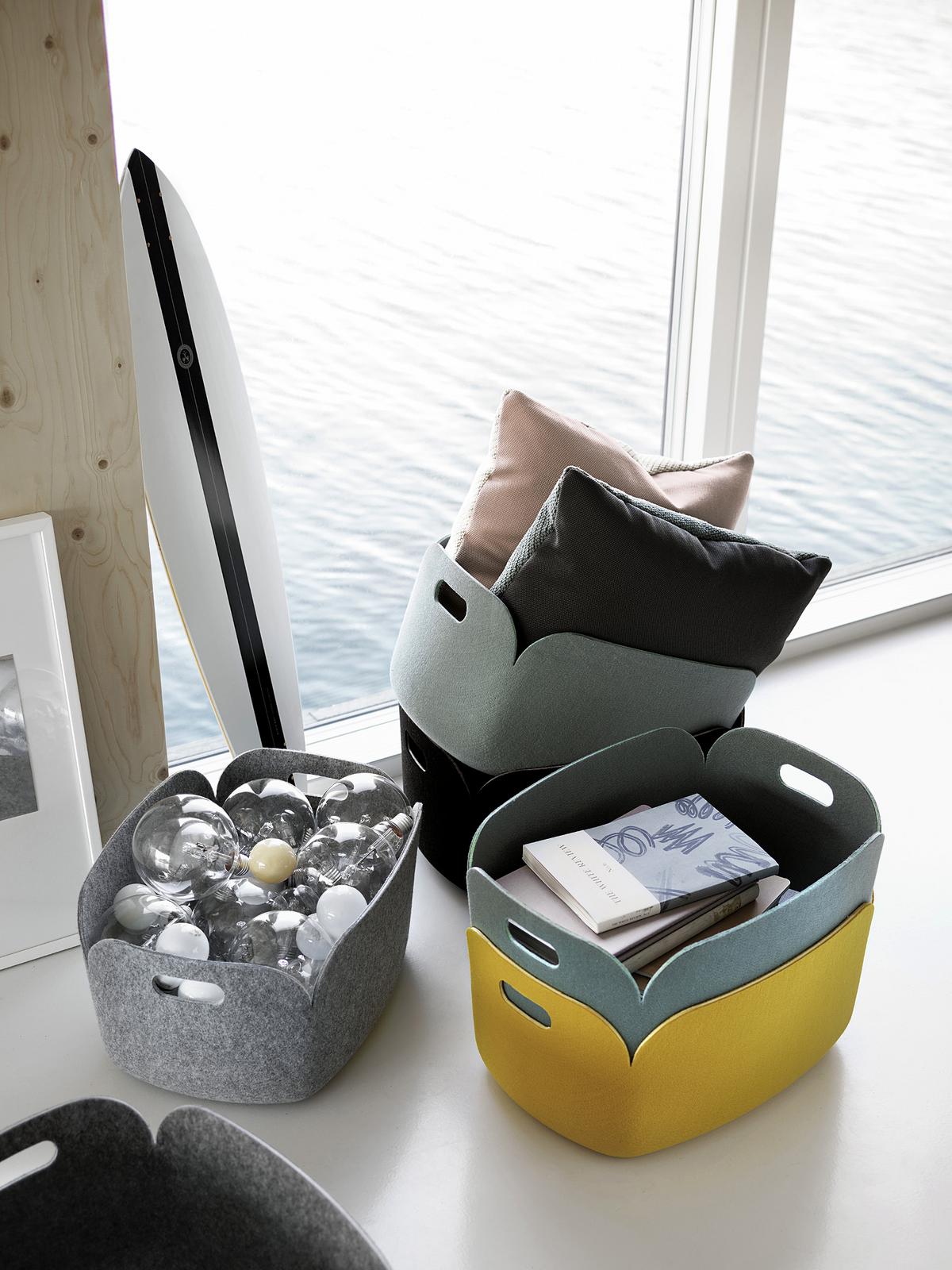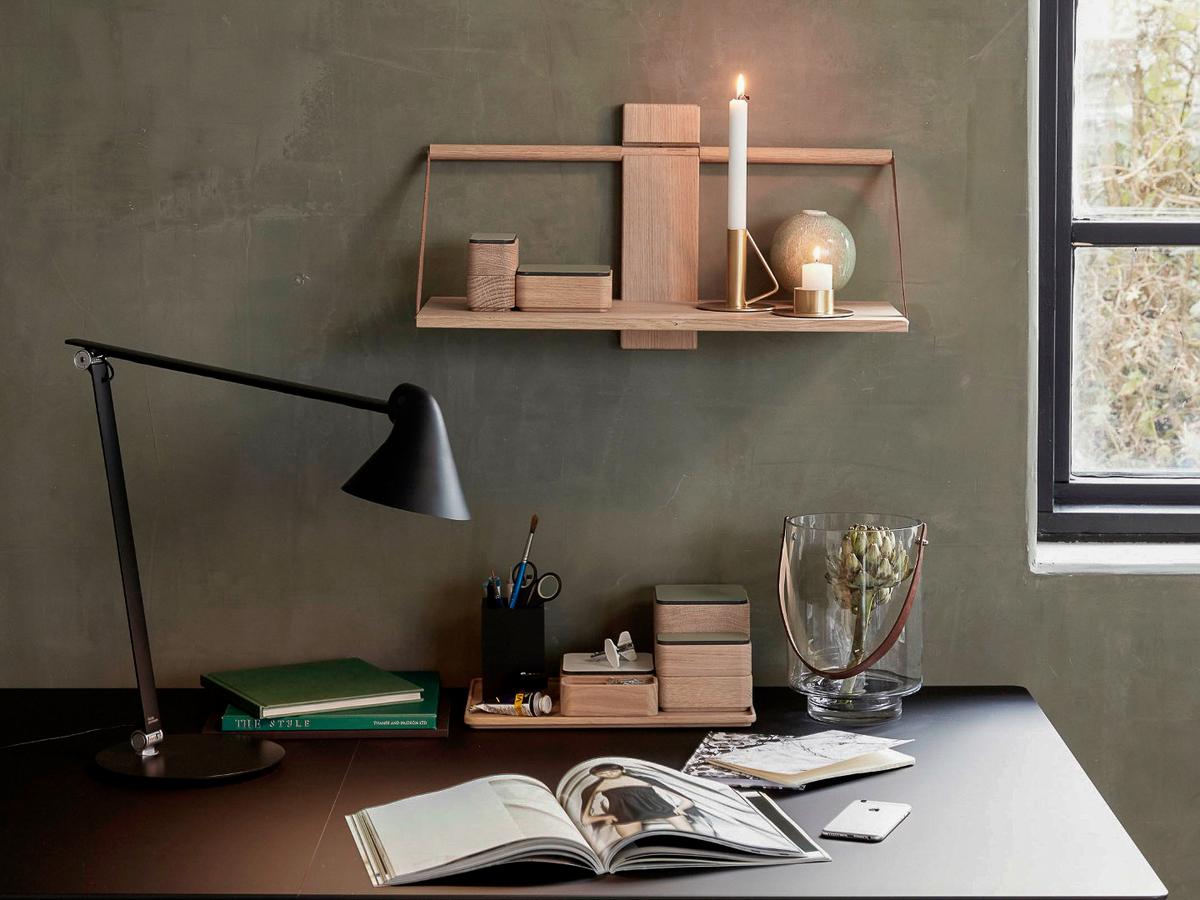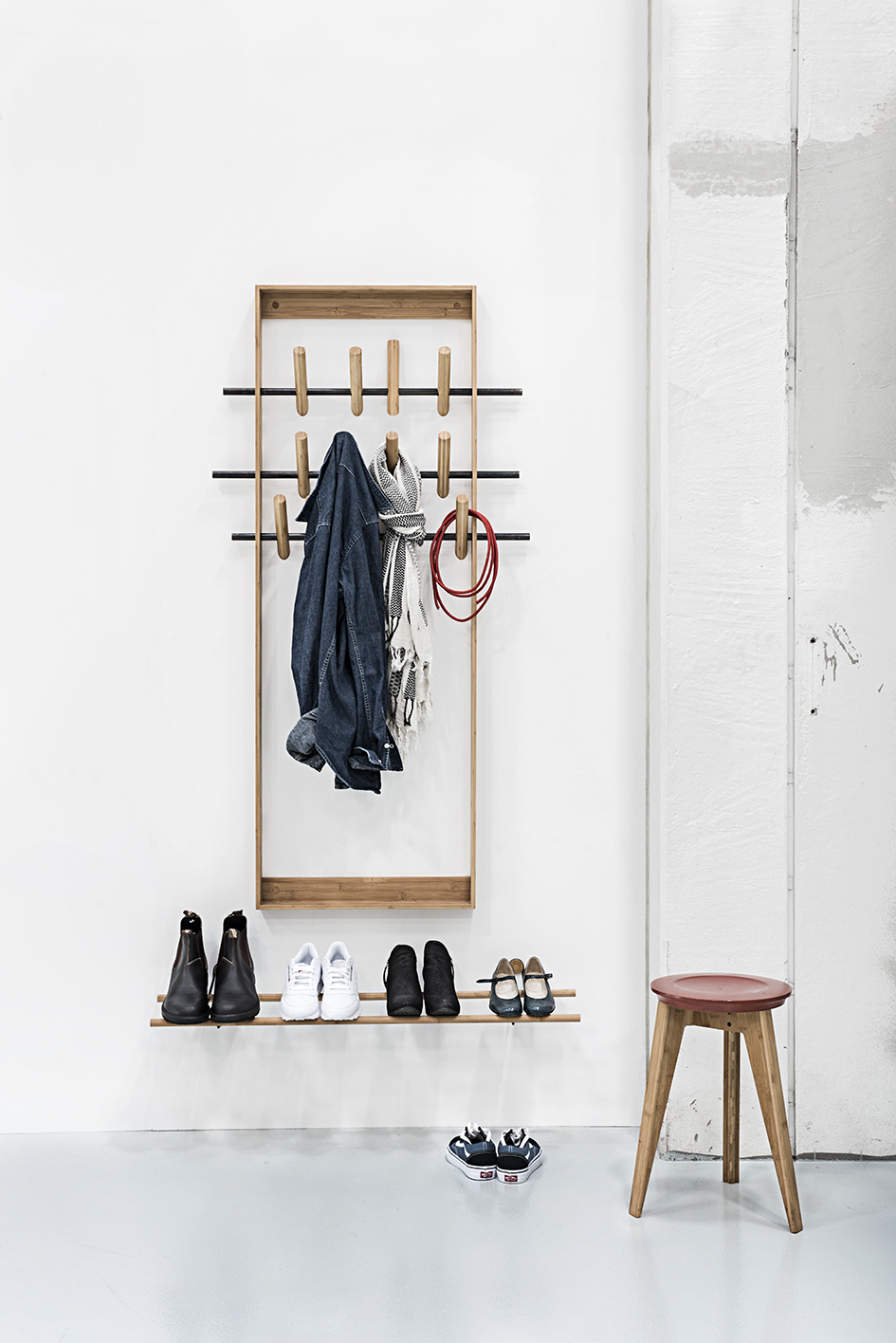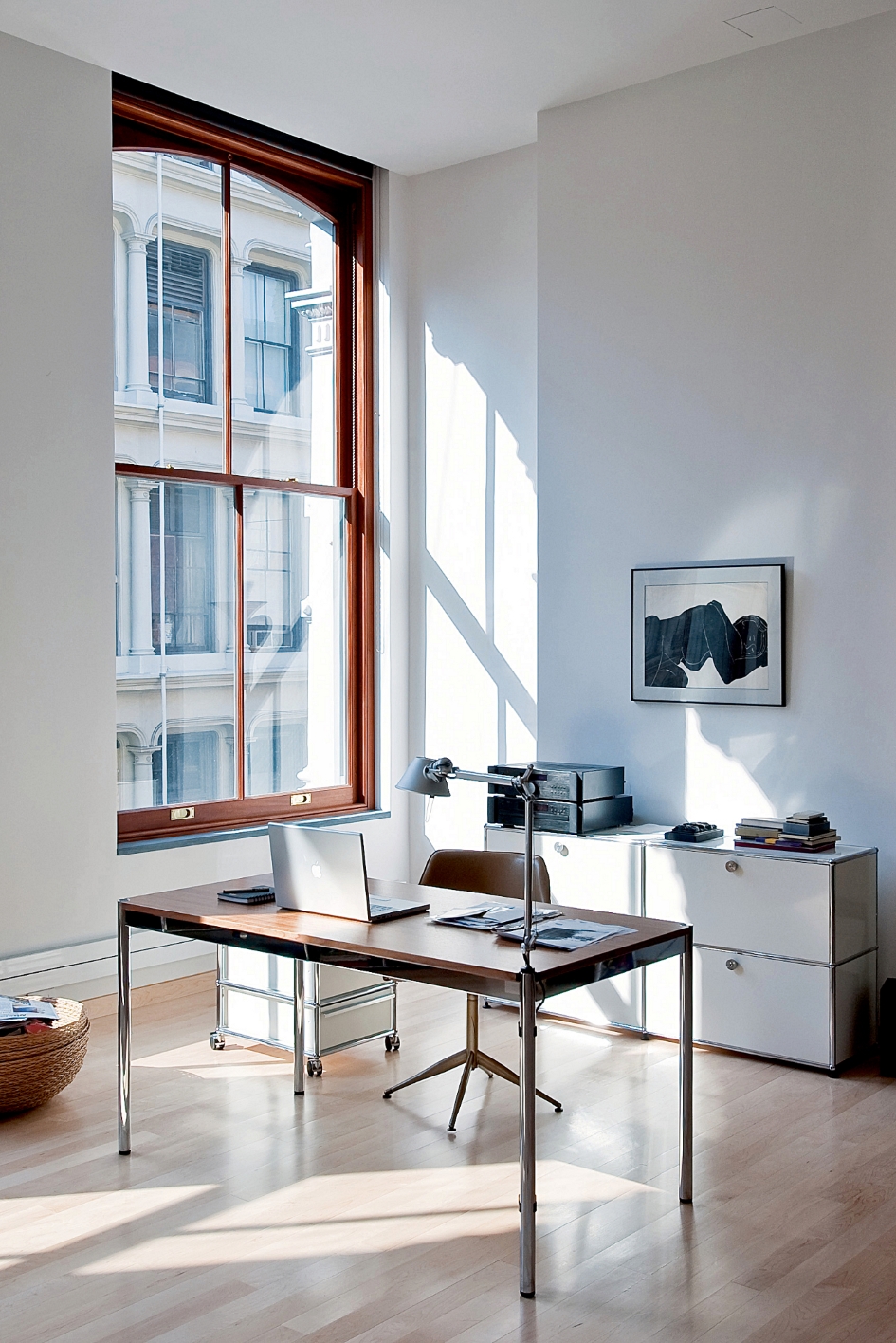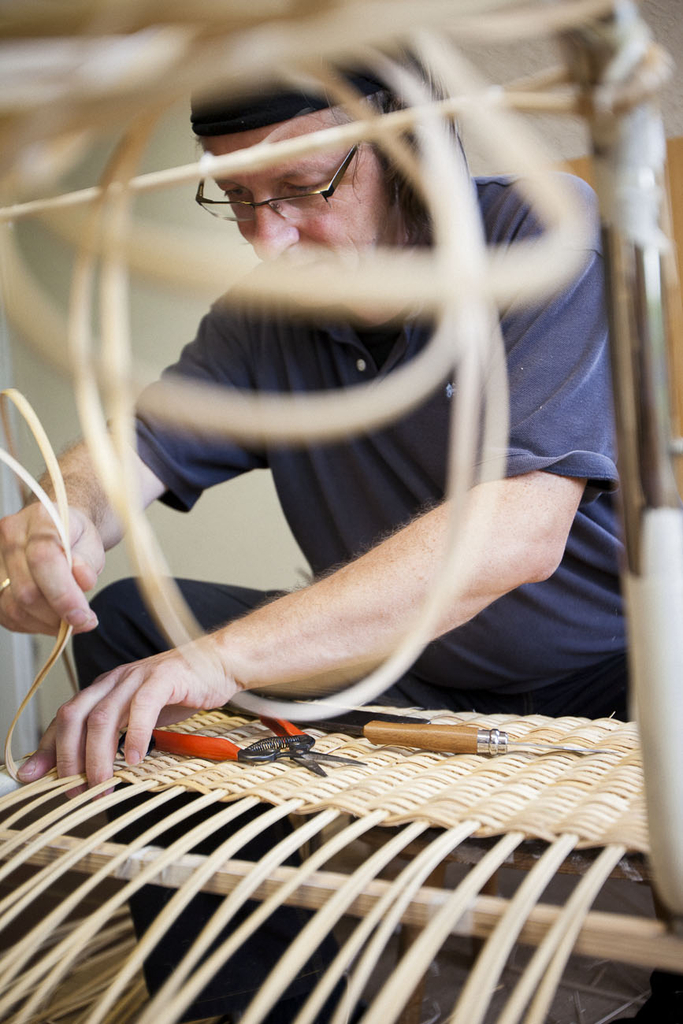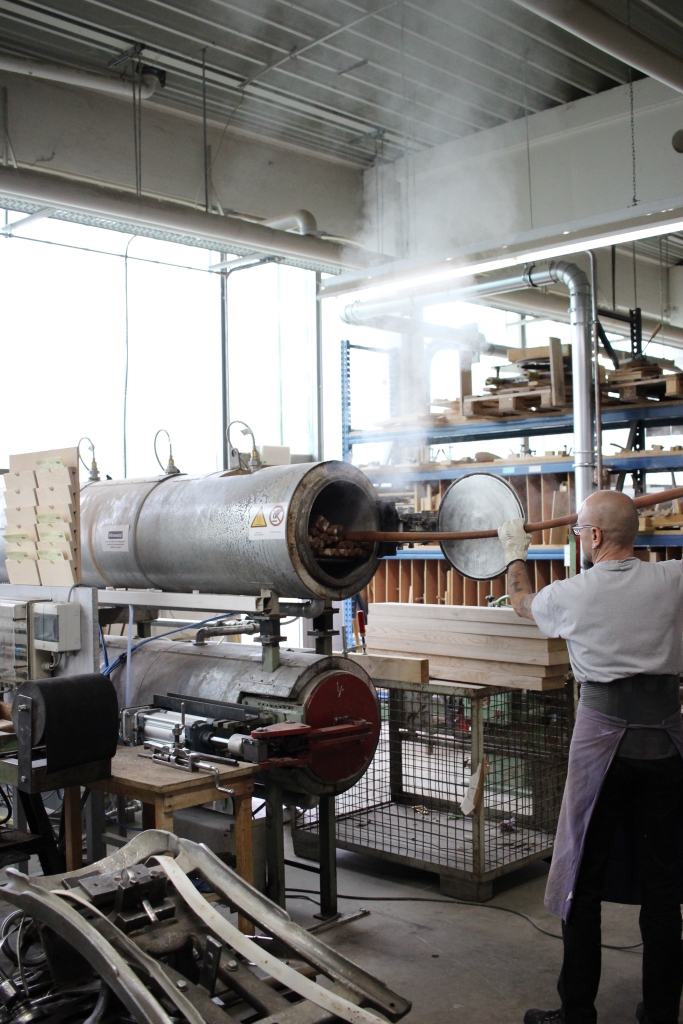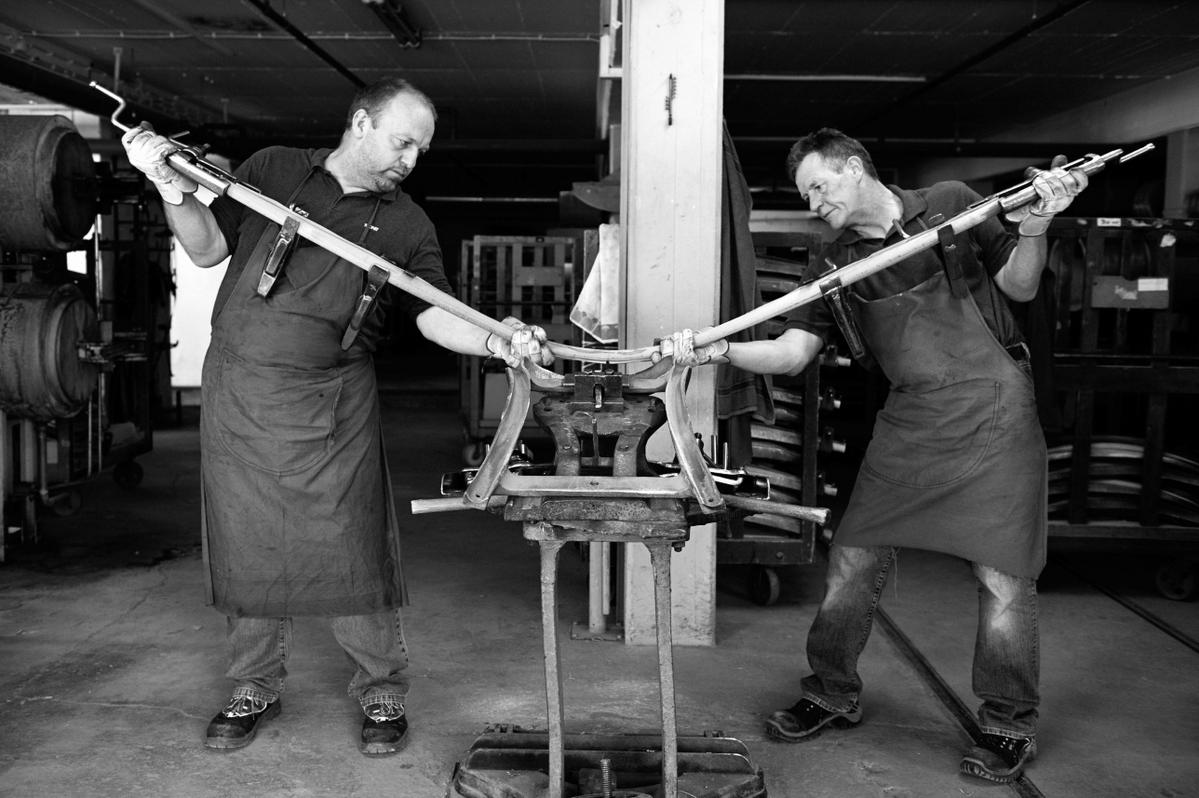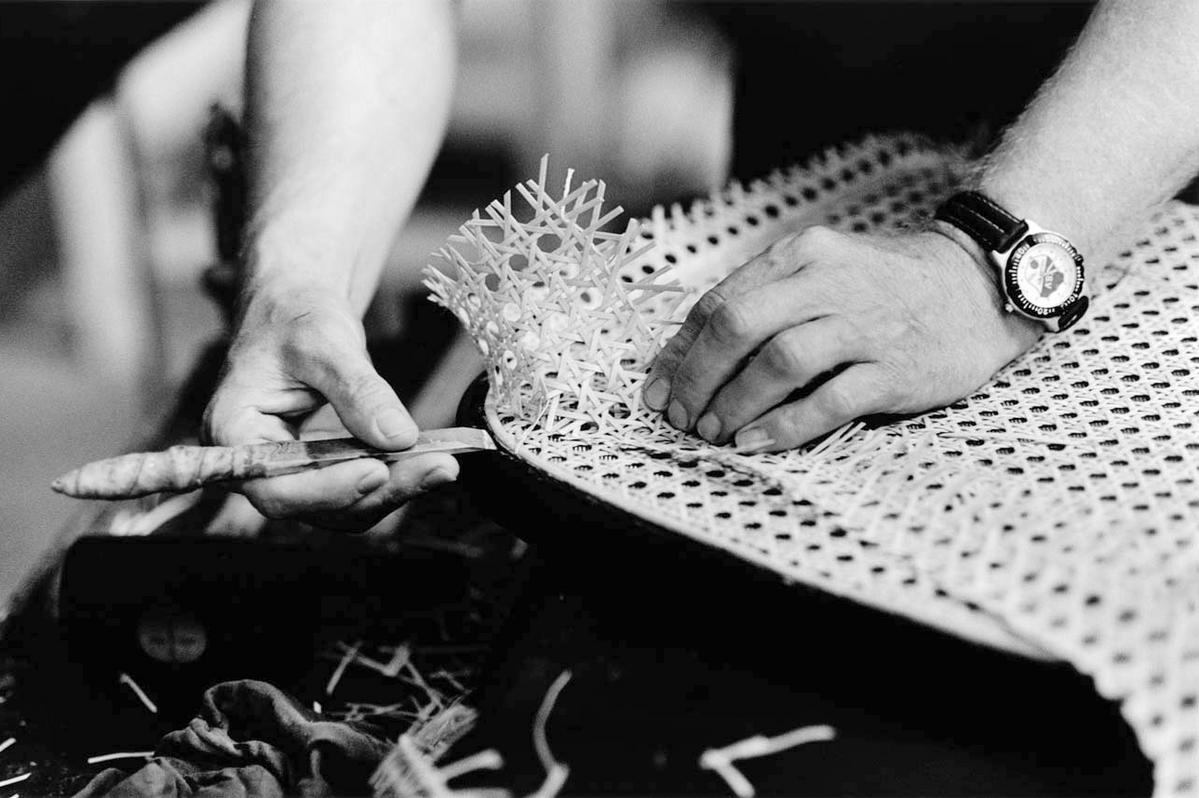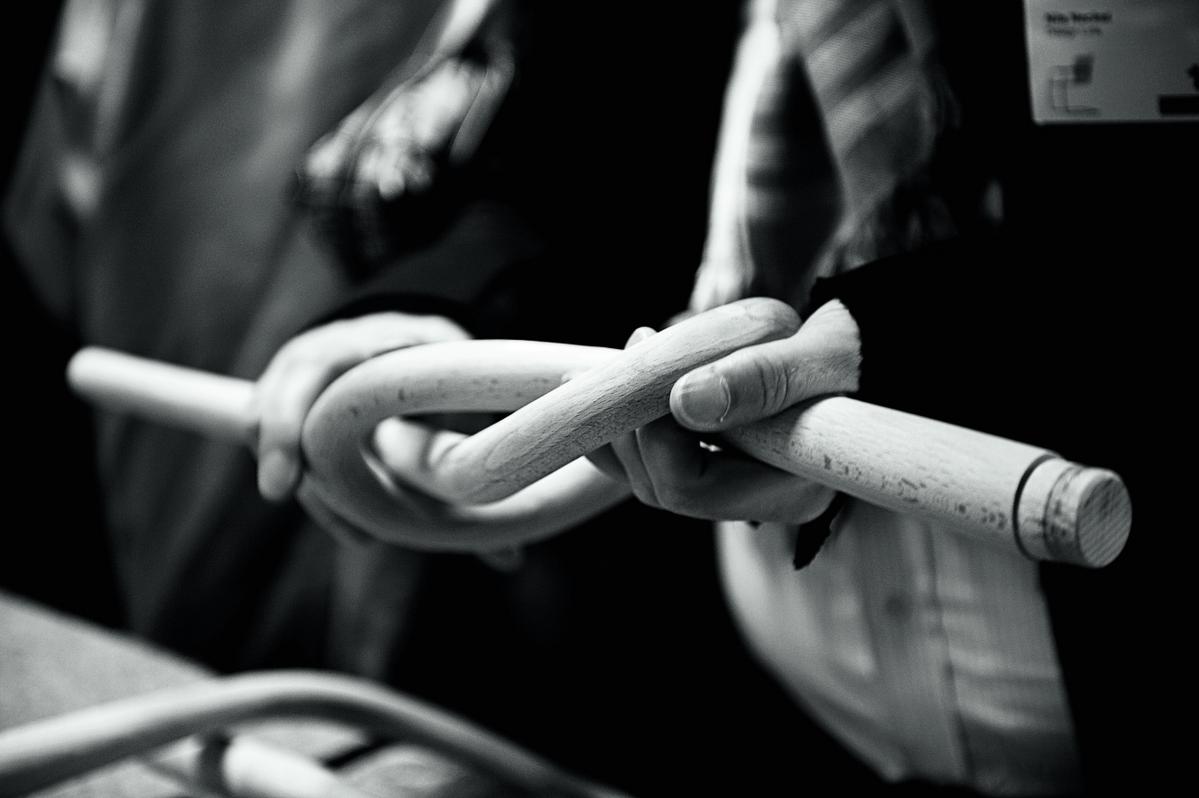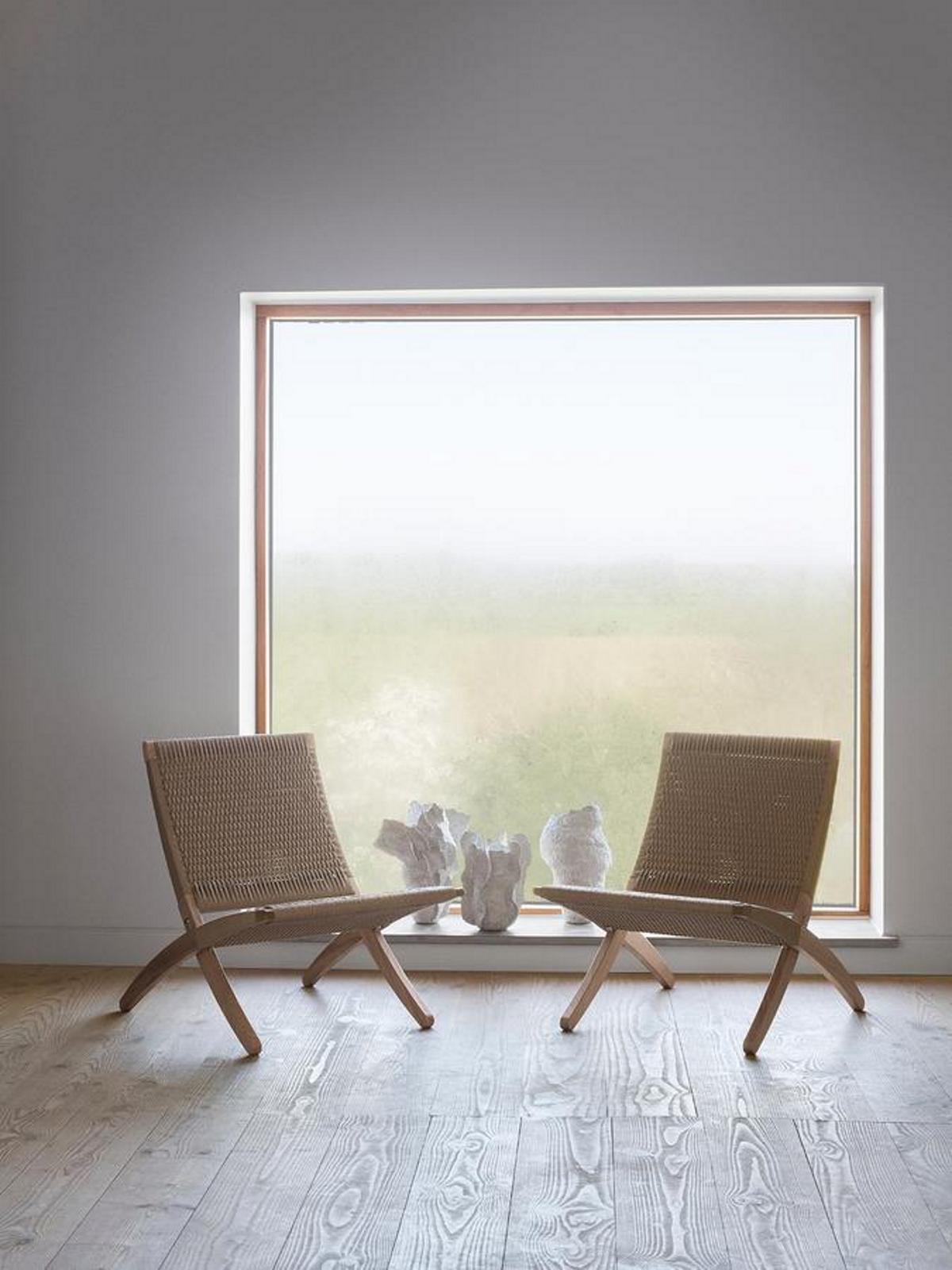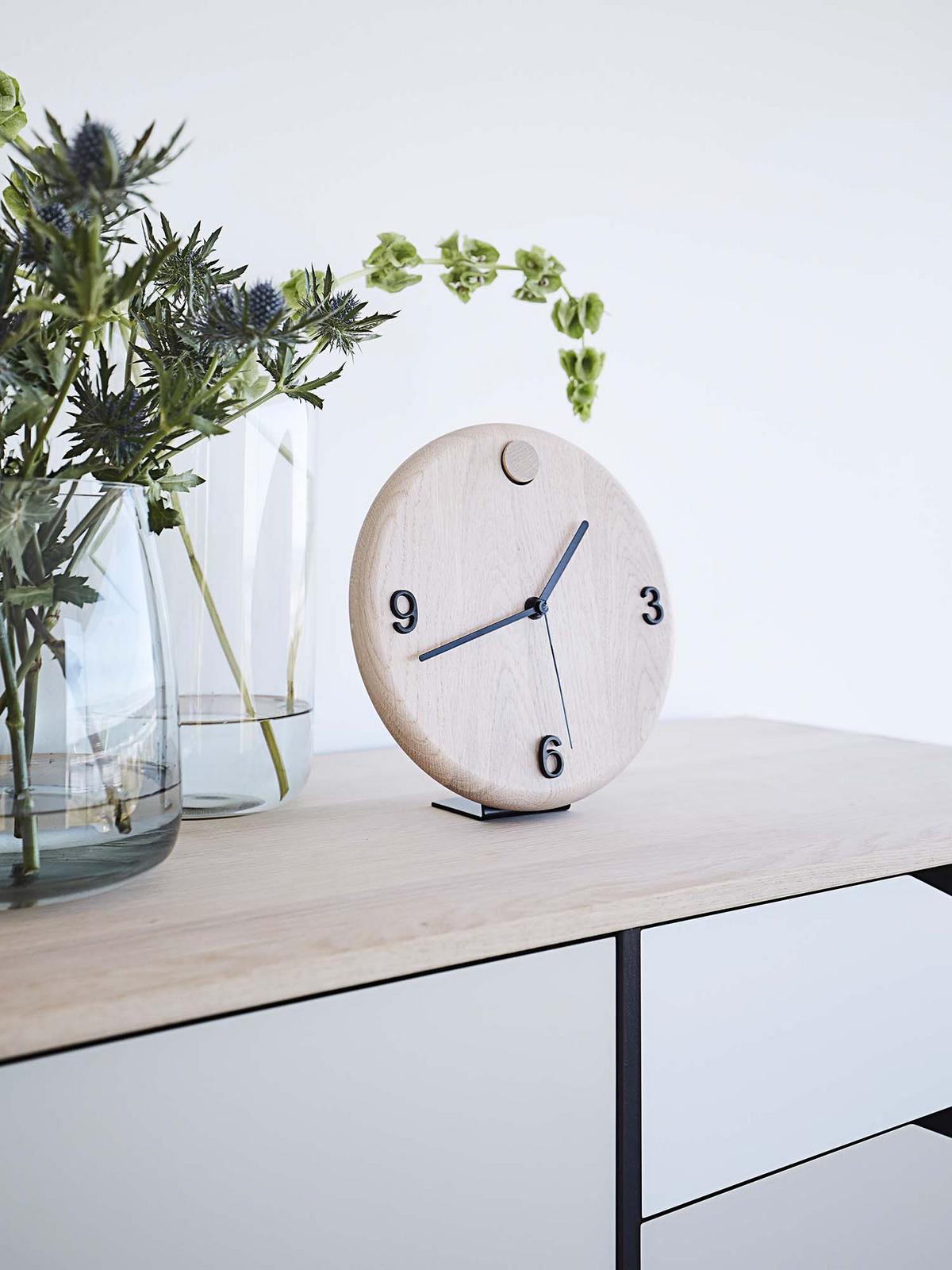Sustainable Design
What is sustainable design?
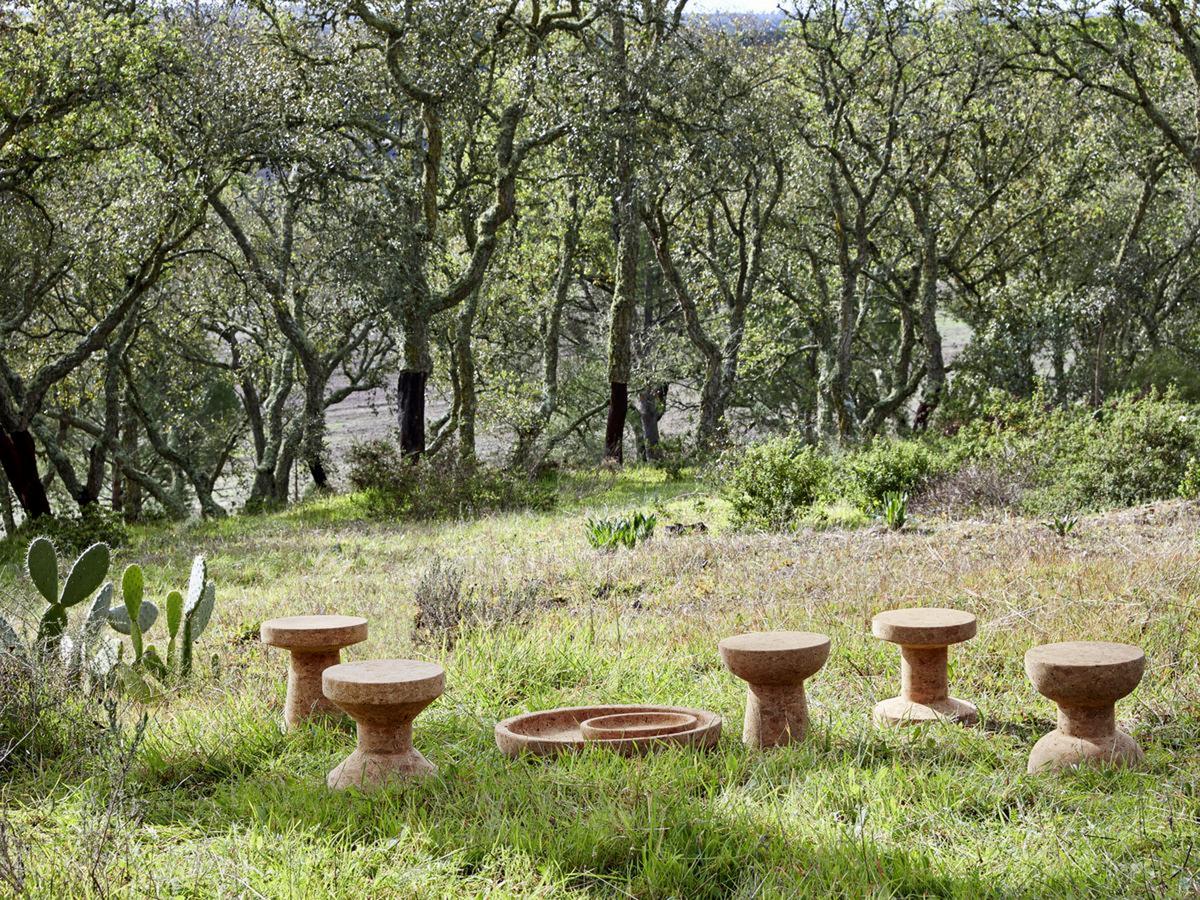
Sustainable materials such as wood or cork are an important part of sustainable design
► Buying furniture without a guilty conscience - that's what matters!
► 5 measures against a throwaway furniture mentality
► Which certificates distinguish sustainable furniture design?
► What advantages does regional production have?
► Regionally and sustainably produced designer furniture
► Who ensures sufficient reforestation?
► What makes durable design classics particularly sustainable?
► Are replacement parts available for my designer furniture or my designer lamp?
Sustainable design, eco-design, ecological design, green design - to list just some of the current terms for a design that is gentle on the planet we call home and this with whom we share it. A topic that is currently so complex that it is easy to lose track; therefore, would like to give a short answer to the question: what is sustainable design?
Sustainable design shapes all steps of the design process according to sustainable criteria, starting with the conception, through the manufacture to the distribution of a product. Instead of being purely profit-oriented, sustainable design has a positive impact on the environment, consumers and manufacturers and causes no harm in social, ecological and economic terms.
Buying furniture without a guilty conscience - that's what matters!
The most important tip for buying furniture without a guilty conscience: Think beforehand whether you really need the piece of furniture or whether you are just pursuing a spontaneous mood to buy it or responding to some shallow marketing trend you read about in a magazine! Every piece of furniture or accessory that ends up unused means wasted resources and money unnecessarily spent.
Check your furniture for sustainability, i.e. check all the information provided by the manufacturer and retailer. The following questions should be answered: Which environmental certificates does the designer furniture have? Where was it produced? What materials is the design made of? Can the materials be recycled separately after disposal?
Pay attention to the composition of the materials! Natural raw materials such as wood or cotton are particularly environmentally friendly: some manufacturers also plant forests for this purpose in order not to have to cut down existent ones and thus harm the environment. Information on the pollutant content of varnishes, paints and solvents is also important. Recycled plastics are also considered environmentally friendly, simply because they are returned to the recycling cycle and can therefore be used again and again for furniture creation.
5 measures against a throwaway furniture mentality
1. Here, too, the golden rule is: a piece of furniture that you have carefully selected, that you like 100 percent, and actually need, will give you pleasure for a long time: Ill-considered quick purchases and too many compromises often only ensure that furniture and accessories are disposed of long before their natural lifecycle has turned or are banished to the basement.
2. Buy furniture that is handcrafted to a high standard! Tenon, wedge and plug-in connections in wooden furniture, for example, can only be implemented by specialists and often only by hand; and in contrast to glued and screwed connections, they remain intact for decades. You can therefore pass on handcrafted wooden furniture from one generation to the next instead of throwing it away.
3. Pay attention to first-class materials! Whether wood, metal or upholstered furniture - the materials are always decisive for the longevity of a piece of furniture. Selected, well processed materials not only look better, but also have a much longer service life. Textiles and coatings should be resistant and robust. In most cases manufacturers provide information on the abrasion value of a sofa cover or the type of finish.
4. Check whether your new piece of furniture really suits your interior. Any furniture design that turns out to be a bit too big or small, or impractical, runs the risk of being discarded prematurely.
5. Don't compromise on design! With good furniture design, designers and manufacturers consciously reflect on aesthetic and theoretical aspects of design. This means that a good design is not only aimed at maximizing profits, but always delivers a convincing solution for the aesthetic and functional requirements of its time. If a design meets these requirements, it survives fast-moving trends and adapts to our habits. A high quality of design thus increases the longevity of a piece of furniture and can therefore be an effective remedy against the throwaway mentality.
Which certificates distinguish sustainable furniture design?
Because the visual appearance of a designer piece reveals little about its sustainability, the question arises: which criteria can be used to assess sustainable design? And who is best placed make this assessment independently. As an answer, environmental seals and certificates prove to be particularly helpful, as they assess the sustainability of a product according to strict and transparent specifications. According to studies, well over half of German consumers trust certificates from environmental protection organizations and state institutions in particular. There are now numerous eco-labels that either follow a holistic approach or deal with specific aspects of a product. The most important seals are the Blue Angel, the golden M and the EU Ecolabel. The FSC and PEFC certificates identify sustainable products made of wood, while the Global Textile Standard and Oeko Tex Standard test textiles and upholstery fabrics for sustainability. The Nordic Swan Ecolabel is also particularly relevant for furniture designs from Scandinavia.
What advantages does regional production have?
A major advantage of high-quality designer furniture is that it is often produced regionally and, in the case of manufacturers from Europe, predominantly within the EU. The EU specifies strict environmental and occupational safety guidelines that manufacturers must adhere to and which are controlled. Waste of resources due to excessively long transport routes and exploitation of workers are thus limited. Manufacturers such as Tecta or Andersen from Denmark produce at company-owned locations, which not only enables much more detailed and precise quality controls, but also helps save valuable resources. Local production also has positive impacts in terms of the handling of waste and surpluses.
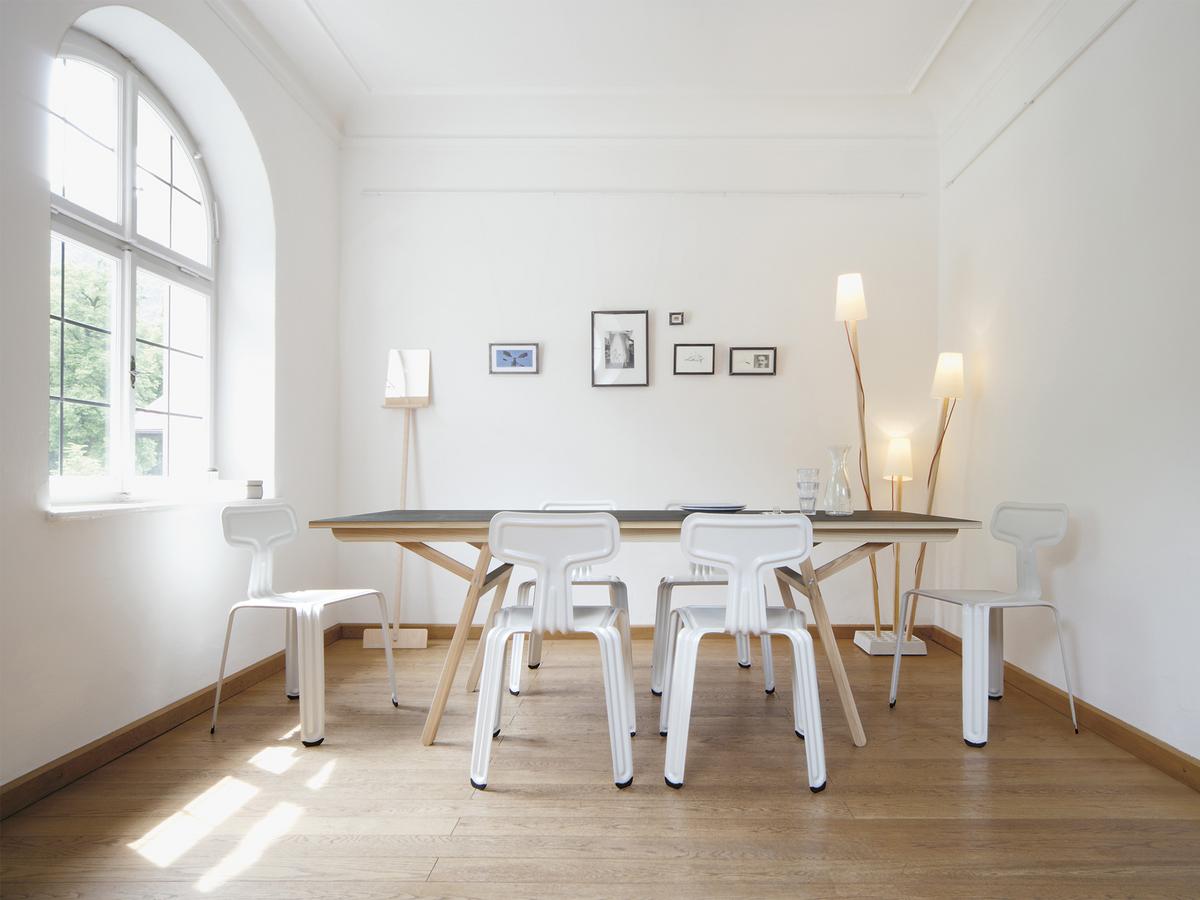
Klopstock table by Nils Holger Moormann crafted from wood from sustainable European forests
Regionally and sustainably produced designer furniture
The furniture manufacturer Nils Holger Moormann im Chiemgau uses only natural materials and has all furniture produced within a 40 km radius of the company headquarters , which means short travel distances and an economic strengthening of the region.
When it comes to sustainability and regional production, it is also worth taking a look at Scandinavia, or more precisely at Aarhus. Here is the headquarters of the manufacturer Andersen, who produces all of their furniture in Denmark, most of it even in their own factory near the small Danish town. Excess wood from manufacturing is used to heat the buildings, and cardboard and plastic are recycled. Another important approach of Andersen is to create design furniture that can be packed flat and therefore requires little packaging material.
Tecta also values genuine craftsmanship and manufacturers its classics in the company's own workshops in Lauenförde, Niedersachen. The polypropylene mesh material for the B25 chair, for example, is produced exclusively in Sauerland, the tubular steel comes from the Rhineland and is bent, ground and hand-polished in Upper Franken. By working with specialized weavers from the area, the German manufacturer can guarantee the high-quality weaving of the Bauhaus classics by Marcel Breuer, Ludwig Mies van der Rohe and Lilly Reich with double braided tubes. The close cooperation with reliable regional and national partners as well as traditional manual work are still very important at Tecta today.
Manufacturers such as Nils Holger Moormann or Tecta promote the regional economy in Germany with location-based production and, as in the case of the wickerwork at Tecta, keep regional, traditional handicraft techniques alive. In this way, these manufacturers not only act in an ecologically sustainable manner, but also in cultural and social terms.
Who ensures sufficient reforestation?
A principle of sustainability is that, looking to the future, raw materials that are consumed must be renewed. In the furniture industry in particular, this applies to wood: only those who buy furniture from sustainable forestry can make a decision without a guilty conscience. You should always pay attention to where the wood of a piece of furniture comes from and what certification it has. FSC-certified wood comes from forests that help to ensure that the forests can be preserved in the long term by adequately reforesting them. This means that these woods are not obtained through illegal felling or overexploitation. In addition, the FSC certificate guarantees fair working conditions in the respective forestry operations.
What makes durable design classics particularly sustainable?
Ideally, anyone who invests in original design classics from manufacturers such as USM Haller, Vitra or Thonet will have something of it for the rest of their lives and is thus sending a clear signal against cheap production and a throwaway mentality. The furniture is designed to last for decades and to be passed on from generation to generation. Classicon grants a 20-year guarantee on the designs by Eileen Gray, while for the aluminium components of the legendary Eames Aluminium Chairs by Charles and Ray Eames, Vitra grants a 30-year guarantee. Instead of buying a new product straight away, designer furniture can be repaired or repaired in the spirit of sustainability. And thanks to their high reputation in design history, they retain their value. The leather may become softer and some metal may develop a charming patina, but the classics age gracefully and delight every collector - genuine collector's items that tell their very own stories.
Are replacement parts available for my designer furniture or my designer lamp?
High-quality designer furniture is designed down to the last detail and often manufactured using traditional craftsmanship techniques and innovative technology. Most of the pieces can therefore be dismantled into individual parts and do not require glued joints. Instead of disposing of the entire piece of furniture or the lamp in the event of defects, it is worth looking for available spare parts. Manufacturers such as Louis Poulsen or Anglepoise offer various spare parts in addition to extensive guarantees, and with which inherited design classics can remain an heirloom for generations to come.

